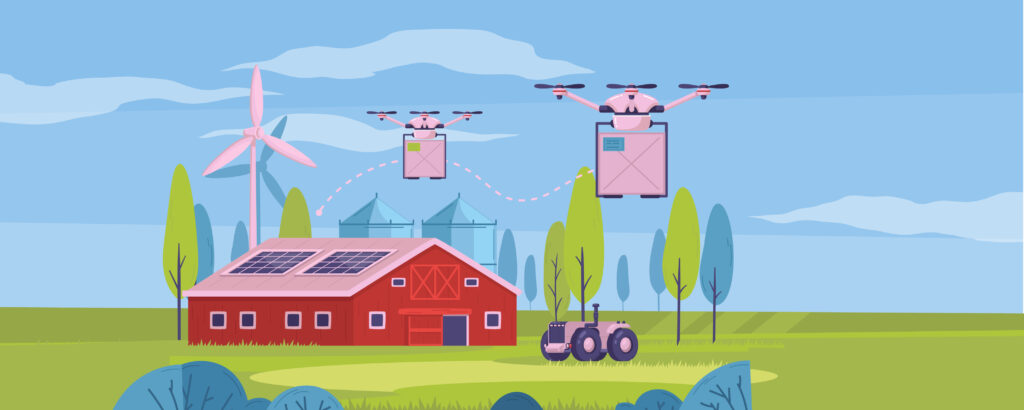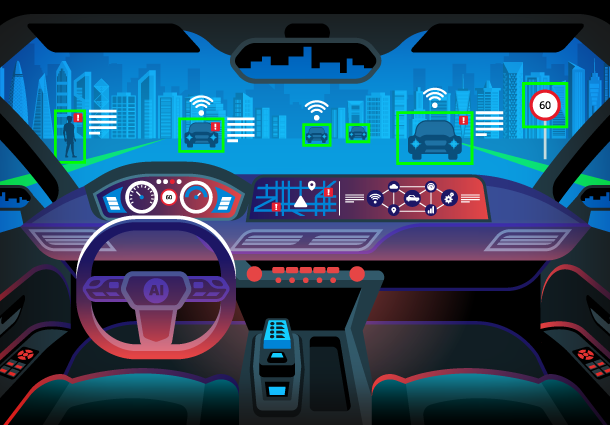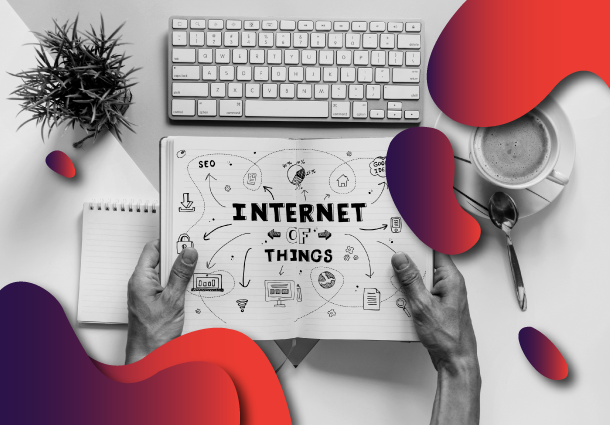Sowing Success: A Deeper Dive into Smart Agriculture
In the bucolic landscape of modern agriculture, the fusion of conventional agricultural methods with cutting-edge technology has given rise to a phenomenon known as “smart farming.” This blog explores the entrancing universe of agricultural innovation and makes sense of what the assembly of the IoT in agriculture is meant for cultivating practices in store for small ventures.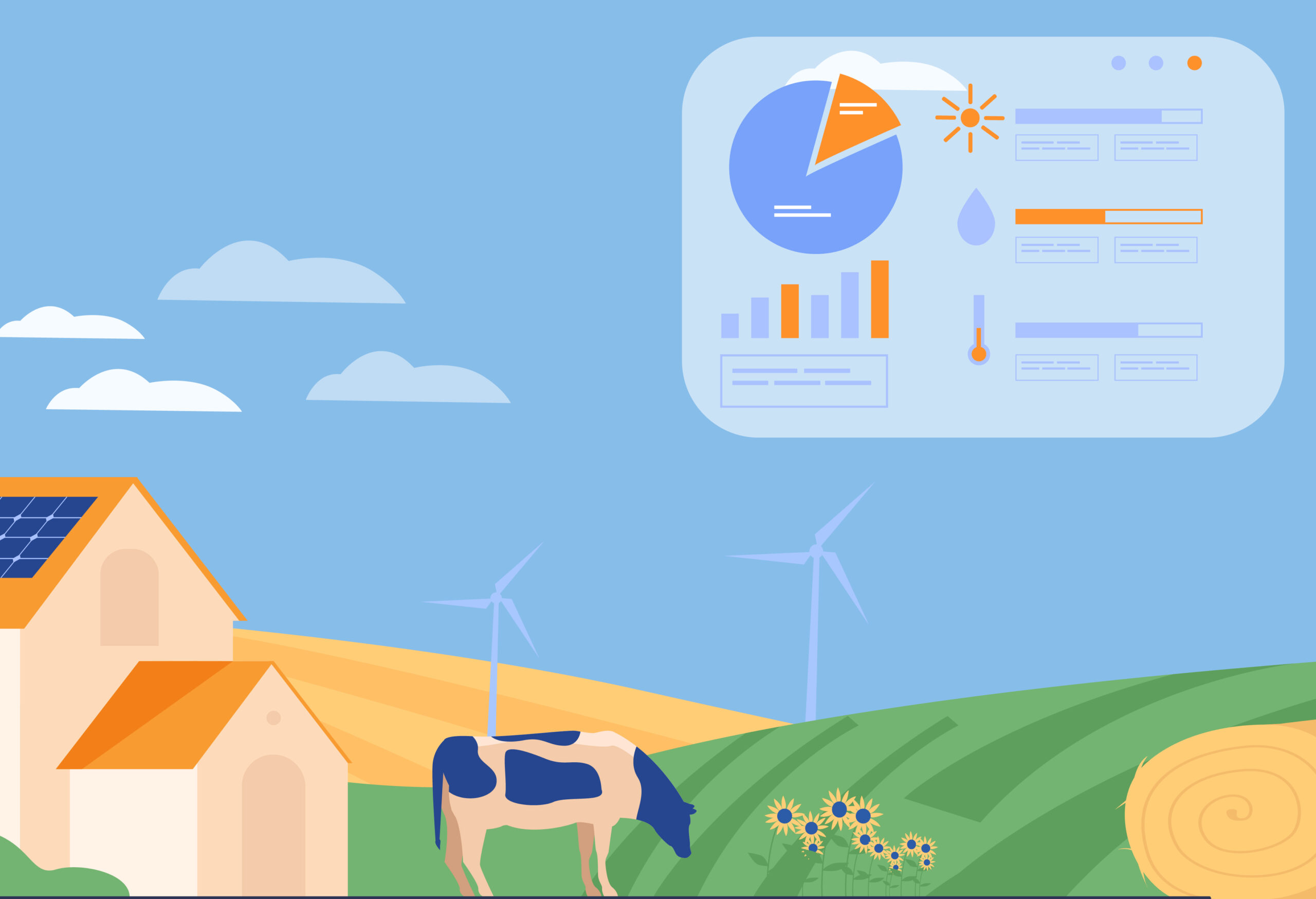 Smart Agriculture IoT, a change in perspective in contemporary farming, is an embodiment of technical power and farming finesse. Its essential objective is to improve crop management, livestock welfare, and farm operations through a mix of Internet of Things (IoT) devices and data-driven insights. Smart agriculture comes as a beacon of trust in this time of extending global population and sporadic climatic conditions. It furnishes farmers with authorized information to empower informed decision-making.
Smart Agriculture IoT, a change in perspective in contemporary farming, is an embodiment of technical power and farming finesse. Its essential objective is to improve crop management, livestock welfare, and farm operations through a mix of Internet of Things (IoT) devices and data-driven insights. Smart agriculture comes as a beacon of trust in this time of extending global population and sporadic climatic conditions. It furnishes farmers with authorized information to empower informed decision-making.
IoT devices, drones, and satellite photography cooperate to follow crop health, weather patterns, and soil conditions. Machine learning algorithms are utilized to analyze this data, giving farmers prognostic experiences on bug flare-ups, irrigation prerequisites, and harvest timetables. The consequences for small agricultural companies are huge. Smart farming supports agricultural yields and inflates cost productivity by streamlining processes and distributing resources proficiently. It diminishes the effect on the environment by lessening resource squandering and empowering feasible practices. The agriculture value chain also goes through a seismic change. IoT-empowered discernibility ensures product quality and safety from field to fork. Small farmers are given access to bigger markets, opening up opportunities for economic expansion. This blog will explore the intricate universe of smart farming and feature its various elements.
Planting the Seeds of Innovation: IoT’s Stampede Through the Farming Plains
The application of IoT in agriculture has started a digital revolution that has been immovably saturated with custom. A new age of accuracy, efficiency, and maintainability has started because of this progressive journey, which has given farmers access to an extensive variety of smart innovations. The development of the world’s population and the restricted accessibility of arable land prompted the development of IoT in agriculture.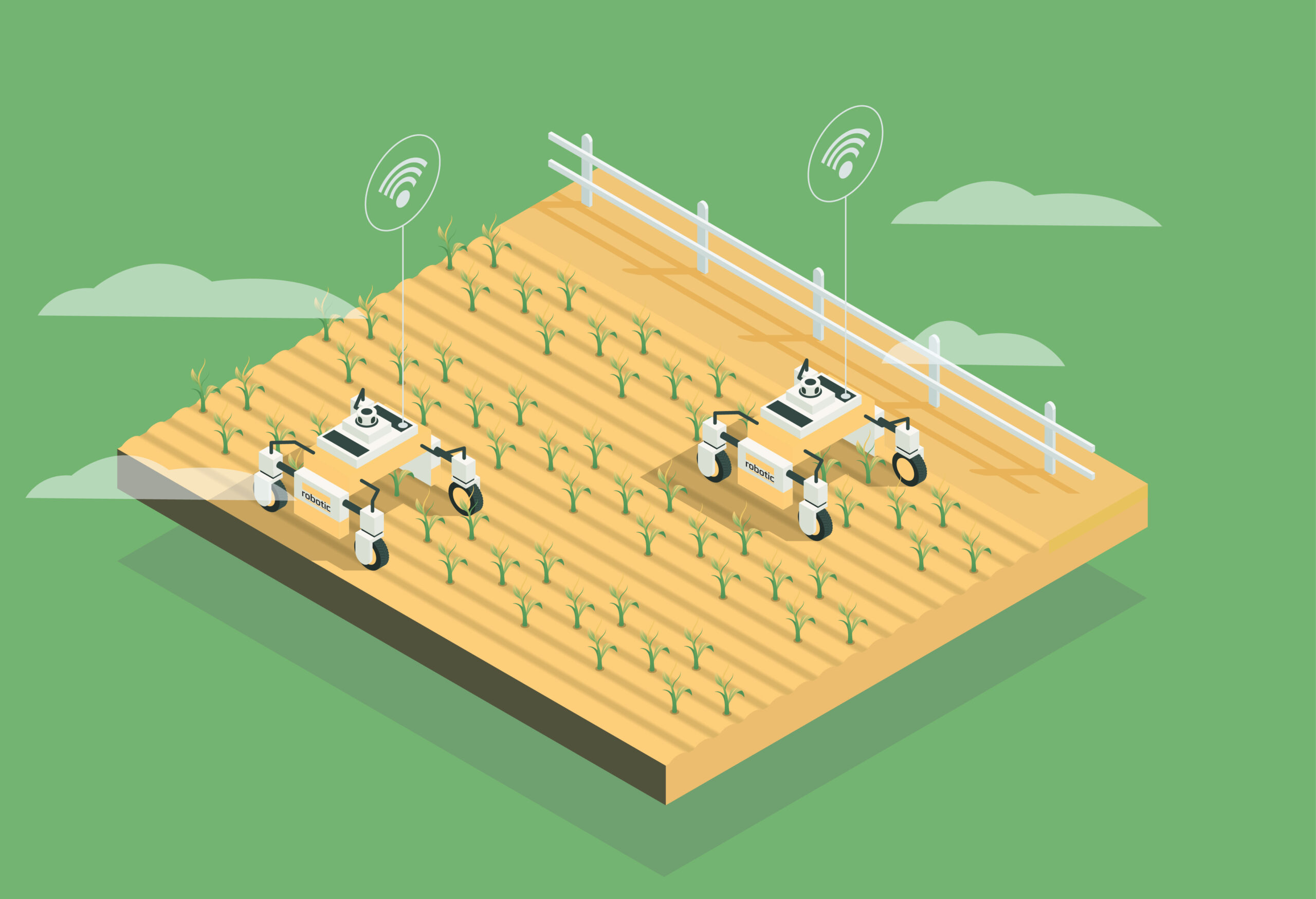 To satisfy the rising need for food on a worldwide scale, customary traditional agriculture is, as of now, not adequate. This dire need ignited an agricultural innovation insurgency. The introduction of sensors marked the beginning of IoT’s involvement in farming. These inconspicuous gadgets took on the job of quiet sentinels, gathering data on soil moisture, temperature, humidity, and different factors continually. With this real-time data available to them, farmers could plan precise irrigation schemes, boosting crop yields while upgrading water utilization.
To satisfy the rising need for food on a worldwide scale, customary traditional agriculture is, as of now, not adequate. This dire need ignited an agricultural innovation insurgency. The introduction of sensors marked the beginning of IoT’s involvement in farming. These inconspicuous gadgets took on the job of quiet sentinels, gathering data on soil moisture, temperature, humidity, and different factors continually. With this real-time data available to them, farmers could plan precise irrigation schemes, boosting crop yields while upgrading water utilization.
Drones that communicated multispectral data and high-resolution photos before long embellished the sky above farmlands. Farmers learned about the condition of their crops, bug invasions, and healthful shortfalls on account of machine learning calculations that painstakingly analyzed these inputs. The utilization of aimless chemical treatments was reduced because of this data-driven approach to pest management. Agriculture in IoT has likewise entered the management of animals. Animal cultivation has changed because of brilliant collars with GPS and health sensors. Farmers may remotely keep an eye on their herd’s health, identify infections before they spread, and even optimize feeding patterns. Beyond the fields, the digital shift was broad. The food supply chain has included blockchain technology, taking into consideration the transparent and untampered-with tracking of products from farm to table. With just a fast sweep, clients could quickly figure out where their food came from, advancing confidence and guaranteeing security.
A Western Saga of Smart Farming: IoT’s Rich Rewards
A new age of development has started with the utilization of the Internet of Things in agriculture, where innovation and tradition are consolidated to change farming practices. Precision agriculture and sustainable food production are just two benefits of this digital change. IoT gives farmers up-to-the-minute data on crop health, weather conditions, and soil conditions. Optimized irrigation, fertilization, and pest management are made conceivable by this accuracy. Crop yields decisively ascend as a result, and resource usage is boosted. Sustainable farming is advanced by IoT-equipped farms in a period of developing environmental concerns. Smart sensors and automation limit the utilization of chemicals, cut down on water waste, and utilize less energy. These resource-saving procedures upgrade benefits while at the same time helping the climate. IoT-generated data gives farmers insightful information about their business tasks. These data are dissected by machine learning algorithms to provide prescient analytics on agricultural yields, disease outbreaks, and equipment upkeep. Making well-informed decisions brings down risks and increases output.
Smart collars and GPS trackers, two instances of IoT gadgets, have changed domesticated livestock management. Farmers can remotely screen the prosperity and whereabouts of their livestock, recognize illnesses early, and work on breeding programs, all of which further develop group well-being and lift income. The IoT and blockchain technologies are now and again joining forces to further develop food supply chain transparency. Customers might follow their food’s way from farm to fork, ensuring its well-being and authenticity. This supports brand loyalty and trust. The labor-intensive part of cultivating is diminished through automation, made conceivable by the IoT. The precise and compelling completion of activities like sowing, spraying, and harvesting by drones and autonomous tractors opens up human resources for additional significant obligations. IoT and agriculture are fundamental to ensuring food security because of a developing worldwide population and moving climatic trends. It supports the sustainable production of nourishing food by expanding efficiency and diminishing waste.
The Digital Green Thumb: IoT In Agriculture
The Internet of Things in agriculture is joining like an ensemble, organizing a progressive agricultural experience employing the utilization of sensors, data analytics, and automation. These IoT-driven use cases have changed agricultural techniques and can create a new era of agriculture that is more productive and practical. Constant information on soil moisture, nutrient levels, and meteorological circumstances is given through IoT sensors, GPS, and data analytics. By appropriately changing their irrigation, fertilization, and pest control techniques, farmers might augment the utilization of their resources and lift crop yields. Irrigation frameworks overseen by the Internet of Things (IoT) ensure that crops get a legitimate measure of water with perfect timing. This decreases soil erosion, conserves water, and reduces the risk of a drought. The whereabouts and health of animals might be persistently observed with IoT devices like smart collars and ear tags. This information upgrades rearing practices, advances animal welfare, and helps in the early detection of illnesses.
Crops might be caught in high resolution using drones and ground-based sensors using cameras and infrared technologies. Then, utilizing machine learning algorithms to examine these photographs, diseases, pests, or nutrient deficits might be explicitly treated. End-to-end food supply chain transparency is made conceivable by the blend of IoT and blockchain. Customers might follow a product’s path from the farm to their table, affirming its authenticity and security. On-ranch IoT weather condition stations deliver precise, cutting-edge weather data. This brings down the dangers related to unexpected weather conditions by helping ranchers come to educated decisions about planting, harvesting, and crop protection. With the help of IoT technology in agriculture, autonomous tractors, and robotic harvesters proficiently and precisely complete tasks like planting, weeding, and harvesting. Both work costs and errors are minimized subsequently. IoT sensors are utilized in aquaculture to track water quality indicators, including pH, dissolved oxygen, and temperature. This ensures the prosperity and development of aquatic organisms in specific settings.
Tilling the Digital Soil: Factors Shaping Your Smart Farming Vision
The creation of smart agricultural solutions is fundamental, as agriculture requires digital change. In any case, starting this way requires a careful understanding of the multitude of intricacies included. Here, we investigate the pivotal issues, nuances, and crucial elements that should direct the production of your smart farming system. Choose reasonable sensors to gather data first. Consider the kind of data required, like soil moisture, weather, or animal health. Break down the sensor network’s adaptability, similarity, and accuracy. Pick solid communication protocols and tools. LoRaWAN, NB-IoT, and cellular networks are examples of IoT connectivity choices that allow for smooth data transmission from sensors to the cloud. Ensure your farm’s secluded parts are connected. Create a reliable data management system. Use cloud computing frameworks to store and analyze data.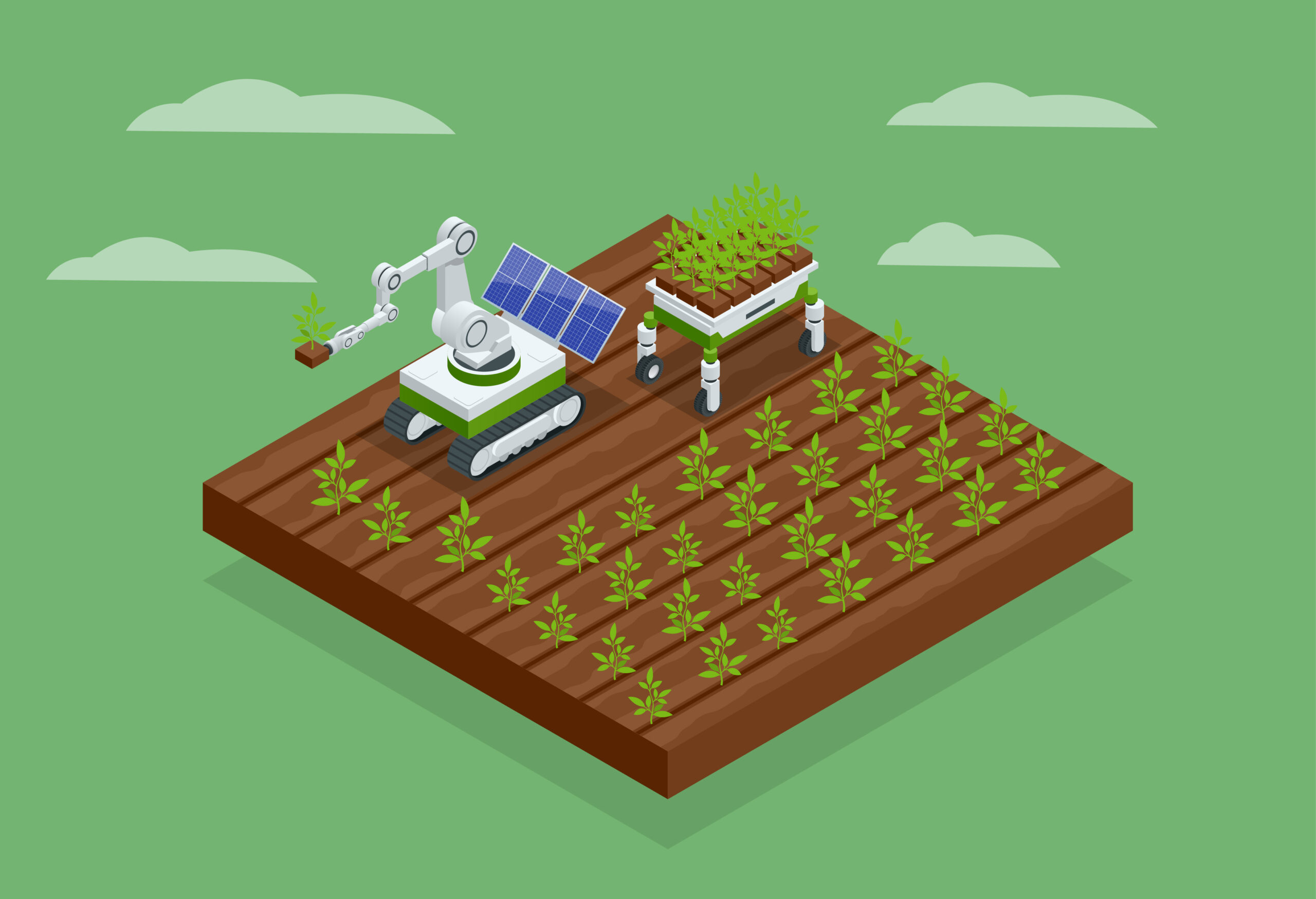 Use cutting-edge analytics and machine learning techniques to extract useful data from the gathered data. Create a user-friendly and intuitive interface for farmers and farm managers. Ensure the data visualization is reasonable and helpful. Real-time updates and notifications should be presented through mobile applications and web dashboards.
Use cutting-edge analytics and machine learning techniques to extract useful data from the gathered data. Create a user-friendly and intuitive interface for farmers and farm managers. Ensure the data visualization is reasonable and helpful. Real-time updates and notifications should be presented through mobile applications and web dashboards.
Make the security of your brilliant farming framework a main concern. To safeguard information, use encryption, access limitations, and regular security evaluations. It is fundamental to keep data privacy regulations like the GDPR. Ponder scaling while making your answer. The framework should effectively deal with additional sensors and pieces of data as your farm grows. Guarantee flexibility to change agricultural requests. Sensors that run on batteries are often utilized in smart agricultural systems. Use advanced energy to prolong the life of sensor batteries. Consider energy-harvesting technologies like solar or wind power. To compute the return on investment (ROI) of your smart farming framework, perform a complete cost-benefit analysis. Making a smart farming solution is a multi-layered process that requires cautious preparation and consideration of a few factors. You might create a feasible, successful, and technologically advanced agriculture system that ensures more significant returns, less resource use, and a superior future for cultivating by addressing these significant elements.
Sowing the Path to Prosperity with Pattem Digital
Our business is a brilliant illustration of IoT development services, with a lofty portfolio spanning a range of enterprises, including agriculture. We coordinate IoT solutions that change traditional industries into fortresses of proficiency and sustainability. Our expertise in designing custom Internet of Things ecosystems, complete with complex sensor networks, powerful data analytics, and seamless connections, has prompted prospective changes in agriculture and other industries. Our IoT virtuosity cuts across businesses, igniting development and rethinking excellence. Applications range from overseeing smart factories to nurturing digital crops. Your quest for cutting-edge, customized IoT solutions reaches a fruitful resolution with us.
